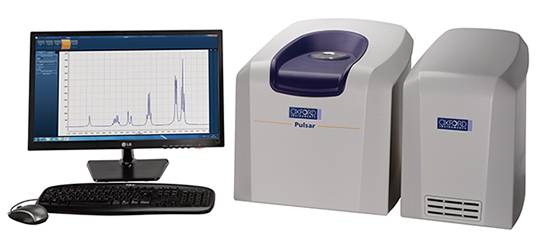New technology to help combat food fraud
4th September 2014
The Institute of Food Research (IFR), working with Oxford Instruments, has developed a new, rapid testing regime based upon benchtop NMR that can distinguish between different species of animal, based on fatty acids extracted from cuts of meat.
This machine provides a fast and relative low cost solution to identify meat fraud and can easily be introduced into the early stages of the meat food chain.
Working with Innovate UK, formerly known as the Technology Strategy Board, the IFR is now seeking partners, in particular supermarkets, with whom it can develop this approach further to examine processed meat products, including those that were found to be adulterated in the horsemeat scandal of 2013. This research should help to overcome the fraud issues in processed meat products and develop better, readily available and affordable, analytical tools – something which will benefit retailers, producers and consumers.
The Elliott review suggests that all parts of the supply chain, including supermarkets and other retailers, need to take greater responsibility for the authenticity of foods and ingredients that they sell. Coupled with clearer and tougher enforcement, this would send a strong message to consumers that the problem is being taken seriously and a warning to potential criminals that the food chain is not a soft touch for illegal activities.
‘We have developed a fast, cost effective tool that can be used by regulators and the food chain to help overcome this food crime’, comments Dr Kate Kemsley, Head of Analytical Science at IFR. ‘ We continue to conduct research in this area and believe that we will be able to develop further exciting new technology, working with the right partners, to provide more effective solutions, providing consumers reassurance about what they are purchasing and retailers with the right tools to ensure their products are what they say are.’
See also: Oxford Instruments – Pulsar NMR video









